Home>Home Maintenance>How To Know If Your House Has Water Drainage Problems
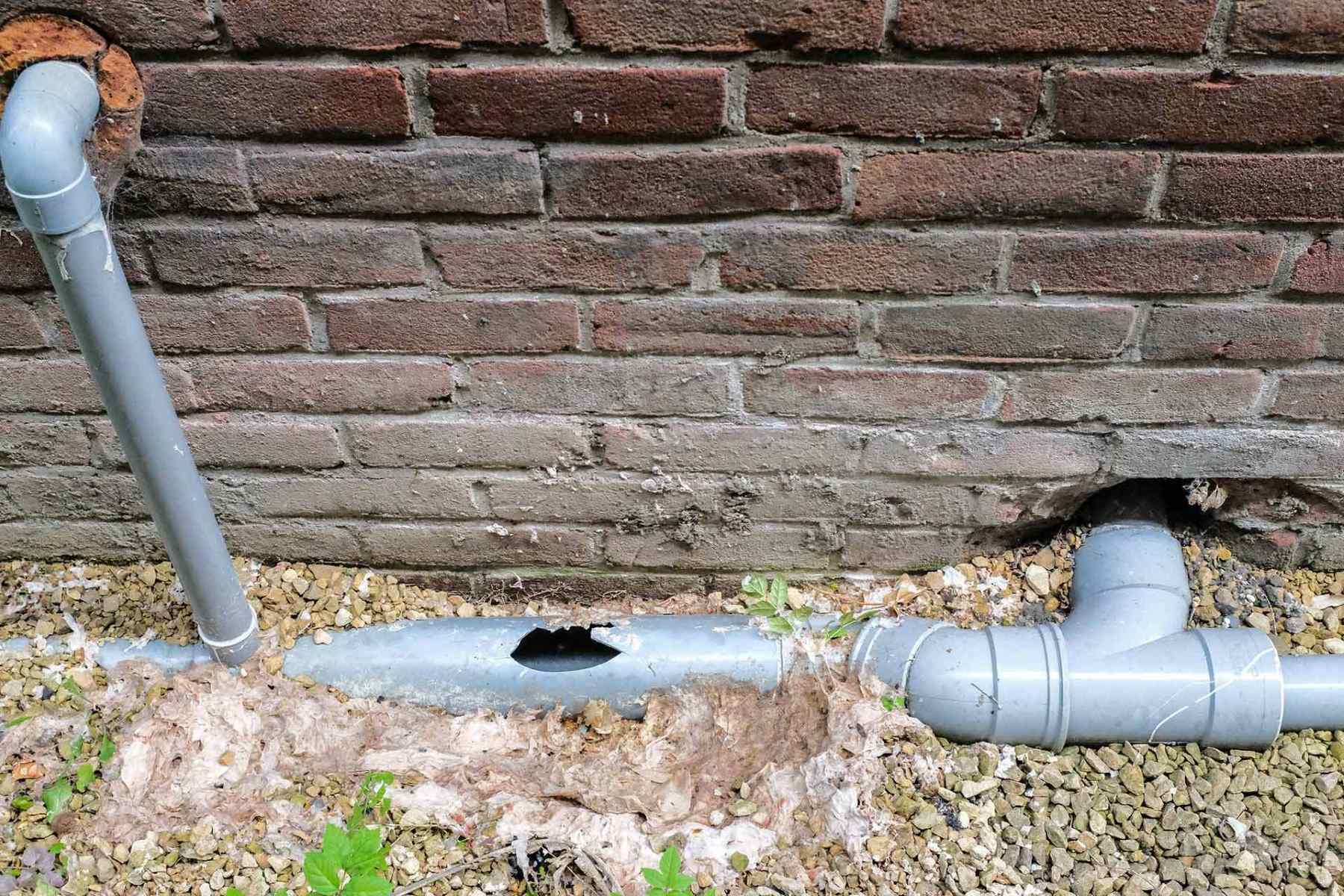

Home Maintenance
How To Know If Your House Has Water Drainage Problems
Modified: March 7, 2024
Discover if your home has water drainage problems with these valuable home maintenance tips. Prevent water damage and keep your house safe.
(Many of the links in this article redirect to a specific reviewed product. Your purchase of these products through affiliate links helps to generate commission for Storables.com, at no extra cost. Learn more)
Introduction
Water drainage problems can cause numerous issues for homeowners. From flooding in the basement to soil erosion, these problems can wreak havoc on your property and even compromise the structural integrity of your home. It’s essential to identify and address water drainage issues early on to prevent costly damage and maintain the safety and value of your property.
In this article, we will explore the signs of water drainage problems, the common causes behind them, and effective solutions to address these issues. By understanding the warning signs and taking proactive measures to mitigate drainage problems, you can ensure the longevity and stability of your home.
Key Takeaways:
- Identify signs of water drainage problems like puddles, water stains, and musty odors. Prompt action and professional help can prevent costly damage to your home’s foundation and interior.
- Implement solutions such as re-grading, gutter maintenance, and French drains to redirect water away from your home. Consulting professionals and regular maintenance are key to a dry and stable home.
Read more: How To Slope Drainage From Your House
Signs of Water Drainage Problems
Identifying the signs of water drainage problems is crucial in determining whether your home is at risk. Here are some common signs to look out for:
- Puddles or standing water: If you notice persistent puddles or pooling water around your property, especially after rainfall, it may indicate poor drainage.
- Water stains: Interior water stains on walls or ceilings can be a sign that water is seeping into your home from the exterior.
- Damp or musty odors: A persistent musty smell in your basement or crawl space can indicate excess moisture due to drainage issues.
- Mold or mildew growth: Mold and mildew thrive in damp environments, so if you notice these growths in areas with poor drainage, it may be a sign of a problem.
- Cracks in the foundation: Excess water can cause soil expansion and contraction, leading to cracks in the foundation. Look for diagonal cracks, especially near windows and doors.
- Erosion: If you notice soil erosion or exposed tree roots in your yard, it could be due to water runoff issues.
- Gutters overflowing: If your gutters are constantly overflowing, it may indicate a drainage problem causing water to back up.
- Soggy or muddy areas: If certain spots in your yard remain persistently soggy or muddy, it is a sign that water is not draining properly.
Keep in mind that these signs may vary depending on the specific layout and conditions of your property. If you observe any of these signs, it’s essential to investigate further or consult with a professional to assess the extent of the drainage issue.
Exterior Signs
When it comes to water drainage problems, the exterior of your home can provide important clues. Here are some signs to watch out for:
- Foundation cracks: Cracks in the foundation can indicate water pressure and drainage issues. Inspect the exterior walls of your home for any visible cracks or gaps.
- Sloping or sinking areas: If you notice areas of your yard that are sloping or sinking, it may be a sign of improper water drainage. These spots can collect and trap water, causing further damage to your property.
- Water stains: Check the exterior walls and foundation for any signs of water stains. Stains can indicate that water is seeping into and damaging the walls due to poor drainage.
- Gutter issues: Look for signs of clogged gutters or downspouts. Overflowing gutters can lead to water pooling near the foundation, causing potential damage.
- Erosion or soil displacement: If you notice areas where the soil is eroding or being washed away, it may indicate water drainage problems. Look for exposed tree roots or uneven ground.
- Mold or moss growth: Mold or moss growth on the exterior walls or on the ground near the foundation can be a sign of excessive moisture due to poor drainage.
- Sidewalk and driveway damage: Cracked or uneven sidewalks and driveways can be caused by water runoff and improper drainage. Pay attention to any signs of damage in these areas.
These exterior signs can indicate potential water drainage problems that need to be addressed promptly. Regularly inspecting the exterior of your home will help you spot any issues early on and prevent further damage to your property.
Interior Signs
While exterior signs are important indicators of water drainage problems, it’s equally crucial to pay attention to the interior of your home. Here are some interior signs that may suggest drainage issues:
- Damp or musty odors: If you notice a persistent musty smell in your basement or other areas of your home, it could be a sign of excess moisture caused by poor drainage.
- Water stains: Look for water stains on walls, ceilings, or even the floor. These stains can be an indication that water is infiltrating your home due to drainage issues.
- Mold or mildew: If you spot any mold or mildew growth in corners, around windows, or on walls, it may be a result of moisture buildup from drainage problems.
- Peeling paint or wallpaper: Excess moisture can cause paint or wallpaper to peel or bubble. If you notice these signs, it may be worth investigating if drainage issues are the underlying cause.
- High humidity: If you constantly struggle with high humidity levels in certain areas of your home, it may be due to inadequate drainage. Excess moisture in the air can contribute to mold growth and damage to your interiors.
- Basement flooding: A common consequence of poor drainage is water accumulation in the basement. If you frequently experience basement flooding, it’s a clear sign that you have drainage issues that need to be addressed.
Interior signs of water drainage problems can manifest differently depending on the layout and structure of your home. It’s important to address these issues promptly to prevent further water damage, mold growth, and potential health hazards.
Causes of Water Drainage Problems
Understanding the causes behind water drainage problems is essential in developing effective solutions. Here are some common culprits that can lead to drainage issues:
- Poor grading and land slope: Improper grading and a lack of proper slope can prevent water from flowing away from your home, causing it to accumulate and seep into the foundation.
- Clogged gutters and downspouts: When gutters and downspouts are blocked with debris, water cannot flow through them properly. This can result in overflow and water pooling near the foundation.
- Faulty or insufficient drainage systems: If your property lacks proper drainage systems, such as French drains or surface drains, water may have no designated path to follow, leading to puddling and saturation.
- Foundation issues: Cracks, gaps, or shifts in the foundation can compromise its ability to keep water out, allowing moisture to infiltrate your home.
- Improper landscaping: Poorly designed landscaping features, such as improperly placed retaining walls or improperly constructed pathways, can redirect water towards your home instead of away from it.
- Soil composition: Certain soil types, such as clay or compacted soil, have poor drainage abilities. This can lead to water retention and exacerbate drainage problems.
- Localized weather conditions: Heavy rainfall, snowmelt, or other weather-related factors can overwhelm your drainage systems and cause water to accumulate around your property.
It’s important to assess and identify the specific causes of water drainage problems on your property. By understanding these causes, you can implement appropriate solutions and prevent future issues from arising.
Read more: How To Design Drainage For A House
Poor Grading and Land Slope
Poor grading and land slope are common causes of water drainage problems. Grading refers to the slope or level of the ground around your property. Proper grading ensures that water flows away from your home and toward areas where it can be safely drained, such as a storm drain or a designated drainage area. When grading is inadequate, water can accumulate near your home, leading to various issues.
There are a few reasons why poor grading and land slope can contribute to water drainage problems:
- Water accumulation: If the ground around your home is not sloped properly, water can collect near the foundation instead of flowing away. Over time, this can lead to water seepage into your basement or crawl space.
- Erosion: Inadequate grading can lead to soil erosion, especially during heavy rainfall. As water flows over improperly graded areas, it can wash away the topsoil, destabilize the ground, and create uneven terrain.
- Foundation damage: When water pools near the foundation due to poor grading, it can exert hydrostatic pressure on the foundation walls. This pressure can lead to cracks, bulges, or other structural damage to your home’s foundation.
- Drainage barrier: In some cases, neighboring properties or landscape features may cause a barrier to water drainage. For example, if your property is situated at the bottom of a slope or surrounded by walls or fences, water may be unable to flow away from your home effectively.
If you suspect poor grading or land slope is causing water drainage problems on your property, it’s crucial to address the issue promptly. Consulting with a professional landscaper or drainage specialist can help you assess the grading and determine the necessary steps to correct it.
Some potential solutions for poor grading and land slope include:
- Reshaping the landscape: Modifying the existing landscape by leveling or regrading areas around your home can help redirect water away from the foundation.
- Installing terraces or retaining walls: Depending on the topography of your property, terraces or retaining walls can be installed to create distinct levels and prevent water runoff.
- Adding drainage swales: A drainage swale is a shallow, grass-lined channel that helps redirect water away from the property. Installing swales can help channelize water and prevent it from pooling near your home.
- Using French drains: French drains are underground drainage systems that collect and redirect water away from your home’s foundation. They are effective in mitigating water drainage issues caused by poor grading.
Proper grading and land slope are essential for effective water drainage. By addressing these issues, you can significantly reduce the risk of water damage and foundation problems in your home.
Clogged Gutters and Downspouts
Clogged gutters and downspouts are another common cause of water drainage problems. Gutters play a crucial role in collecting rainwater and directing it away from your home’s foundation. However, when gutters and downspouts are clogged with leaves, debris, or other obstructions, water cannot flow through them properly. This can lead to several issues:
- Overflowing gutters: When gutters are clogged, water cannot flow freely and may overflow from the sides of the gutters. This overflow can cause water to cascade down the exterior walls, potentially damaging the siding and creating moisture-related problems.
- Poor water redirection: Clogged gutters prevent water from being directed away from your home’s foundation. Instead, the water may accumulate near the base of your home, leading to pooling and potential foundation issues.
- Ice dam formation: In colder climates, clogged gutters can contribute to the formation of ice dams. As snow melts on the roof, the water cannot properly drain through the gutters, causing it to back up and freeze near the eaves. This can lead to roof damage and water infiltration into the attic.
- Mosquito breeding grounds: Stagnant water that accumulates in clogged gutters can become a breeding ground for mosquitoes. This poses a health risk and can make spending time outdoors uncomfortable.
- Landscaping erosion: When gutters overflow due to clogs, the excess water can erode the landscaping around your home. This can result in soil erosion, damaged plants, and the creation of unsightly trenches.
Regular maintenance and cleaning of your gutters and downspouts are essential to prevent water drainage problems caused by clogs. Here are some steps you can take to address clogged gutters:
- Cleaning gutters: Regularly inspect and clean your gutters at least twice a year. Remove leaves, twigs, and other debris that may be causing clogs. You can use a sturdy ladder, gloves, and a gutter scoop or a high-pressure water hose to clear the gutters.
- Installing gutter guards: Gutter guards are screens or covers that protect your gutters from debris while still allowing water to flow through. Installing gutter guards can significantly reduce the frequency of gutter cleaning.
- Checking downspouts: Ensure that your downspouts are clear of obstructions and are directing water away from your home’s foundation. Use a plumber’s snake or a high-pressure hose to remove any clogs in the downspouts.
- Trimming overhanging tree branches: Tree branches can contribute to clogged gutters. Regularly trim branches that overhang your roof to minimize the amount of debris that falls into the gutters.
By keeping your gutters and downspouts clear of debris, you can prevent water drainage problems and protect your home from potential water damage.
Faulty or Insufficient Drainage Systems
Faulty or insufficient drainage systems can lead to significant water drainage problems around your property. Drainage systems are designed to collect and redirect excess water away from your home, preventing water buildup and potential damage. When these systems are inadequate or not functioning properly, it can result in various issues:
- Poor water removal: Insufficient drainage systems may be unable to handle large amounts of water, especially during heavy rainfall or storms. As a result, water can pool and accumulate near your home, potentially causing flooding and water damage.
- Soil saturation: When the drainage system is inadequate, the soil around your property can become saturated with water. This can make the ground unstable and may lead to erosion, sinking, or soil movement, compromising the stability of your home’s foundation.
- Basement or crawl space moisture: Inadequate drainage can result in water seeping into your basement or crawl space. Excess moisture in these areas can lead to mold growth, structural damage, and health issues.
- Poor landscape health: Insufficient drainage can affect the health and appearance of your landscape. Plants may experience root rot, stunted growth, or even death due to waterlogged soil.
- Patio or driveway damage: When water is not properly drained from hardscaped areas like patios or driveways, it can cause erosion, cracking, or uneven surfaces.
To address faulty or insufficient drainage systems, it’s important to consider the following solutions:
- French drains: French drains are underground drainage systems consisting of perforated pipes surrounded by gravel or rock. They collect and redirect water away from your property, preventing water buildup and damage. French drains can be installed around the perimeter of your home or in specific problem areas.
- Surface drains: Surface drains are designed to collect and remove excess water sitting on the surface. These drains can be installed in low-lying areas or spots prone to pooling, ensuring that water is properly directed away from your property.
- Dry wells: Dry wells are large underground chambers that collect and store excess water, allowing it to slowly percolate into the surrounding soil. Dry wells are ideal for sites with poor soil drainage or limited options for directing water away from the property.
- Swales or ditches: Swales or ditches are shallow, sloped channels that help redirect water away from your property. These can be incorporated into your landscape design to ensure proper drainage and prevent water buildup.
- Foundation waterproofing: If water damage to your foundation is a major concern, a professional contractor can apply waterproofing materials to protect your foundation walls from water infiltration.
It’s important to assess your property’s drainage systems regularly and take appropriate measures to address any issues. Properly functioning drainage systems are crucial for preventing water drainage problems and maintaining the integrity of your home.
Check for water pooling around the foundation after rain. Look for damp or musty smells in the basement or crawl space. If you notice these signs, it may indicate water drainage issues.
Foundation Issues
Foundation issues can greatly contribute to water drainage problems and pose a serious threat to the structural integrity of your home. When the foundation is compromised, it can allow water to infiltrate into your basement or crawl space, leading to a host of problems. Here are some common foundation issues that can result in water drainage problems:
- Cracks in the foundation: Foundation cracks can occur due to various reasons, including soil movement, settlement, or hydrostatic pressure from water. These cracks provide a pathway for water to enter your home, especially during heavy rainfall or when the soil is saturated.
- Bowing or shifting walls: Excessive water pressure against the foundation walls can cause them to bow or shift inward. This can allow water to seep into the basement or crawl space, leading to water damage and potential structural issues.
- Improper sealing: If the foundation was not properly sealed or waterproofed during construction, it can be vulnerable to water infiltration. This can result in dampness, moisture, and water seepage in the lower levels of your home.
- Surface water runoff: If the grading around your home slopes towards the foundation or if downspouts are not properly directed away from the home, surface water runoff can accumulate near the foundation. This can lead to increased hydrostatic pressure against the foundation and potential water leakage.
- Soil saturation: When the soil surrounding the foundation becomes saturated with water, it can exert increased pressure on the foundation walls. This pressure can cause cracks, shifts, or other forms of damage, making it easier for water to enter your home.
If you suspect foundation issues are contributing to your water drainage problems, it’s important to take prompt action. Here are some steps you can consider:
- Consult a professional: Hire a qualified foundation contractor or structural engineer to assess the extent of your foundation issues. They can provide expert advice and recommend appropriate repairs.
- Repair foundation cracks: Depending on the severity of the cracks, various methods can be used for repair, such as epoxy injections, carbon fiber reinforcement, or underpinning. These repairs can help prevent water from entering your home through foundation cracks.
- Improve drainage: Ensure that surface water is directed away from the foundation by implementing proper grading, installing downspout extensions, and maintaining a well-functioning drainage system.
- Waterproof the foundation: Applying a waterproofing membrane or sealant to the foundation can help prevent water infiltration. This is especially important if your foundation has not been adequately waterproofed during construction.
Addressing foundation issues is crucial for preventing water drainage problems and protecting the structural stability of your home. Consult with professionals to ensure the most suitable and effective solutions for your specific foundation issues.
Solutions for Water Drainage Problems
Water drainage problems can be effectively addressed through various solutions based on the specific issues and needs of your property. By implementing these solutions, you can prevent water damage, protect your home’s foundation, and maintain a dry and stable living environment. Here are some common solutions for water drainage problems:
- Re-grading and landscaping: Improving the grading around your property is an essential step in addressing water drainage issues. By regrading the landscape to slope away from your home, you can ensure that water naturally flows away from the foundation. Additionally, strategic landscaping with vegetation, mulch, and hardscaping can help absorb excess water and prevent erosion.
- Installing or repairing gutters and downspouts: Ensure that your gutters and downspouts are in good condition and free from clogs. Repair or replace damaged sections, clean out debris regularly, and consider installing gutter guards to prevent future clogging. Properly functioning gutters and downspouts will effectively collect and redirect water away from your home.
- Installing French drains or drainage pipes: French drains or drainage pipes are effective in directing excess water away from your property. These underground systems collect and channel water to a designated drainage area, preventing water accumulation and seepage. Installing French drains or drainage pipes can be especially beneficial when dealing with persistent water pooling or heavy soil saturation.
- Repairing foundation issues: If your water drainage problems are caused by foundation issues, it’s crucial to address the foundation problems first. Consult with a professional contractor or structural engineer to assess and repair any foundation cracks, bowing walls, or other issues that may allow water infiltration.
- Applying waterproof coatings: Applying waterproof coatings or sealants to your foundation walls can provide an additional layer of protection against water intrusion. These coatings create a barrier, helping to prevent water from penetrating the foundation and significantly reducing the risk of basement leaks.
- Redirecting surface water: Ensure that surface water is properly directed away from your home. This can be achieved by creating swales, ditches, or berms to channel water flow. Additionally, using permeable surfaces for driveways and walkways can help prevent excess water runoff and promote infiltration into the ground.
- Consulting with professionals: If you’re dealing with complex or severe water drainage problems, it’s advisable to seek professional help. Landscapers, drainage specialists, or foundation contractors can assess your property, provide expert advice, and implement tailored solutions to effectively address your specific drainage issues.
Remember, the best approach to solving water drainage problems is often a combination of these solutions. Each property is unique, so it’s important to assess your situation, identify the underlying causes, and implement the most appropriate solutions to mitigate water drainage issues effectively.
Re-grading and Landscaping
Re-grading and landscaping play a crucial role in addressing water drainage problems around your property. Poor grading or improper landscape design can cause water to accumulate near your home, leading to moisture issues, foundation damage, and other water-related problems. By implementing re-grading and landscaping techniques, you can effectively redirect water away from your home and create a more efficient drainage system. Here’s how re-grading and landscaping can help:
- Improved slope: One of the main goals of re-grading is to ensure proper slope away from your home’s foundation. This means adjusting the ground’s elevation to create a gentle slope that directs water away from your home. Ideally, soil should slope away from the foundation at a minimum grade of 1 inch per foot for at least 6 feet. This allows water to flow away naturally instead of pooling near the foundation.
- Strategic placement of vegetation: Proper landscape design can help absorb excess water and prevent erosion. Planting trees, shrubs, and groundcover plants strategically can promote water absorption and reduce runoff. Deep-rooted plants are particularly effective in absorbing water and preventing soil erosion. In addition to their functional benefits, well-placed plants can enhance the aesthetics of your landscape.
- Installation of retaining walls: Retaining walls can be used to stabilize and manage slopes, preventing soil erosion and improving drainage. They can create distinct levels in your landscape while directing water flow away from your home. Retaining walls can be made of various materials, such as brick, stone, or concrete, and can be customized to suit your landscape design.
- Creation of swales: Swales are shallow, grass-lined channels designed to redirect water away from your home. They can be strategically placed to intercept and channel water runoff, preventing it from pooling in undesired areas. Swales can be an attractive and functional addition to your landscape design, effectively managing water drainage while enhancing the overall look of your property.
- Use of permeable surfaces: When it comes to hardscaping, consider using permeable surfaces such as gravel or permeable pavers. These materials allow water to infiltrate the ground rather than creating runoff. Permeable surfaces help reduce water accumulation, promote natural drainage, and minimize erosion.
- Regular maintenance: Once you have implemented re-grading and landscaping measures, it’s important to maintain them properly. Regularly inspect your landscape and ensure that plants are healthy and properly maintained. Clear any debris or blockages in swales or drains to maintain efficient water flow. Regular maintenance will help sustain the effectiveness of the re-grading and landscaping solutions.
Re-grading and landscaping require careful planning and consideration of your specific property’s layout and drainage needs. It is often beneficial to consult with a professional landscaper or drainage specialist who can assess your property, recommend appropriate solutions, and guide you through the re-grading and landscaping process. By implementing these techniques, you can create an efficient and visually appealing drainage system that effectively redirects water away from your home, protecting it from water damage and preserving its structural integrity.
Installing or Repairing Gutters and Downspouts
Gutters and downspouts play a vital role in managing water runoff from your roof and directing it away from your home’s foundation. When installed and maintained properly, they can effectively prevent water drainage problems and protect your property from water damage. If you don’t have gutters or if your existing gutters and downspouts are damaged, it is essential to consider installing or repairing them. Here’s how this solution can help:
- Collecting and directing water: Gutters collect rainwater that runs off your roof and direct it away from your home’s foundation. By channeling water into downspouts, which extend away from your home, gutters prevent water from pooling near the foundation and causing potential water damage or erosion.
- Preventing foundation issues: Properly functioning gutters and downspouts help maintain the integrity of your home’s foundation. They prevent excessive water from infiltrating the soil around the foundation, reducing the risk of soil saturation, shifting, and cracks in the foundation walls.
- Protecting exterior surfaces: Gutters protect the exterior surfaces of your home, such as the siding and windows, from water damage. Without gutters, water can run down the sides of your home, leading to staining, rot, and deterioration of the exterior materials.
- Preventing basement and crawl space flooding: By diverting water away from your foundation, gutters and downspouts significantly reduce the risk of basement or crawl space flooding. This helps keep these areas dry, preventing damage to stored items, mold growth, and potential structural concerns.
- Improving overall property drainage: Properly installed gutters and downspouts contribute to overall property drainage by efficiently managing rainwater runoff. This helps prevent water from pooling in undesired areas, protecting your landscaping and improving the appearance and functionality of your outdoor spaces.
If you don’t have gutters or if your existing gutters and downspouts are damaged or in poor condition, consider installing or repairing them. Here are some steps to take:
- Assess your needs: Evaluate your property’s requirements, taking into consideration the roof size, rainfall patterns, and the layout of your home. This assessment will help determine the appropriate size, type, and number of gutters and downspouts needed.
- Choose the right materials: Gutters can be made from various materials, including aluminum, vinyl, steel, and copper. Each material has its own advantages and considerations such as durability, cost, and aesthetic appeal. Select the material that best suits your preferences, budget, and climate conditions.
- Ensure proper installation: Installation should be done correctly to ensure optimal functionality and longevity of your gutters and downspouts. It is advisable to hire a professional gutter contractor who can properly size, place, and secure the gutters and downspouts. They will ensure the correct pitch and alignment, as well as proper sealing and attachment to your home.
- Maintain and clean your gutters: Regular maintenance is essential to keep your gutters and downspouts functioning properly. Clean them at least twice a year, removing any leaves, debris, or blockages that can cause water backup. Inspect for any damages or leaks and repair them promptly.
- Add gutter guards: Gutter guards are devices that help prevent debris from entering and clogging your gutters. They can significantly reduce the need for frequent gutter cleaning and prolong the lifespan of your gutters. Consider installing gutter guards to make maintenance tasks easier and more efficient.
By installing or repairing gutters and downspouts, you can effectively manage water runoff from your roof and protect your property from water drainage problems. Ensure proper installation, regular maintenance, and quality materials to ensure the long-term effectiveness of your gutter system.
Installing French Drains or Drainage Pipes
French drains and drainage pipes are effective solutions for managing water drainage problems by collecting and redirecting water away from your property. These underground drainage systems help prevent water buildup, soil saturation, and potential damage to your home’s foundation. Whether you’re dealing with soggy areas in your yard or excess water near your foundation, installing French drains or drainage pipes can provide effective drainage solutions. Here’s how they work:
- French drains: French drains consist of a trench filled with gravel or rock and a perforated pipe. They are designed to collect excess water from the ground and direct it away from your property. The gravel or rock in the trench acts as a filter, allowing water to enter the perforated pipe while filtering out debris. Once in the pipe, the water is carried away to a designated drainage area.
- Drainage pipes: Drainage pipes, also known as drainpipes or drain tile systems, are similar to French drains but without the gravel or rock-filled trench. In this system, perforated pipes are installed underground to collect and carry away excess water. Drainage pipes are commonly used when dealing with surface water runoff or areas with poor soil drainage.
Installing French drains or drainage pipes requires careful planning and proper execution. Here’s a step-by-step guide to implementing these drainage solutions:
- Evaluate your drainage needs: Assess the areas prone to excess water accumulation and determine the best locations for your French drains or drainage pipes. Consider factors such as the gradient of the land, the location of downspouts, and the natural flow of water.
- Excavation: Dig a trench along the planned drainage route. The depth and width of the trench will depend on the specific requirements of your drainage system, such as the size of the pipes and the amount of water you expect to manage. Dig the trench sloping downward to ensure proper water flow.
- Installing the drain or pipe: Place the perforated pipe in the trench, ensuring that the perforations face down to allow water entry. Connect the pipes where necessary, using appropriate connectors or fittings. The pipes should be laid on a bed of gravel or surrounded by gravel to provide stability and facilitate water movement.
- Backfilling: Once the pipes are in position, backfill the trench with gravel or rock, ensuring that it is evenly distributed around the pipes. This provides proper drainage and helps prevent clogs by filtering out debris.
- Destination for drained water: Determine where the drained water will flow or discharge. This could be a dry well, storm drain, or a designated drainage area that is away from your home’s foundation.
- Cover and restore: Once the French drains or drainage pipes are installed, cover the trenches with soil and restore the landscape. This may involve reseeding or replanting grass, shrubs, or other vegetation.
It is important to note that the installation of French drains or drainage pipes is a complex process and may require professional assistance, especially if you have limited experience with drainage systems. Consulting with a landscape contractor or drainage specialist can ensure that the installation is properly planned and executed, maximizing the effectiveness of the drainage solution.
French drains and drainage pipes provide reliable and efficient methods for managing water drainage problems. By diverting excess water away from your property, these systems help prevent water damage, soil saturation, and foundation issues.
Read more: How To Know If A Mattress Has Fiberglass
Repairing Foundation Issues
Repairing foundation issues is crucial in addressing water drainage problems and maintaining the structural integrity of your home. Foundation issues such as cracks, shifting, or settling can compromise the barrier that keeps water out, leading to water infiltration and potential damage. It is essential to identify and repair foundation issues promptly to prevent further water drainage problems. Here’s why addressing foundation issues is important:
- Preventing water intrusion: Foundation cracks or gaps provide an entry point for water to seep into your home. By repairing these issues, you can prevent water from infiltrating your basement or crawl space, reducing the risk of water damage and associated problems like mold growth.
- Preserving structural integrity: Foundation issues can compromise the stability of your home. When left unaddressed, they can worsen over time and potentially lead to structural problems. Repairing foundation issues helps maintain the integrity of your home’s foundation, preventing further damage.
- Limiting soil erosion and settlement: Foundation problems can contribute to soil erosion and settlement, causing uneven surfaces and drainage issues. By repairing the foundation, you can help stabilize the soil and prevent further erosion or settling, ensuring proper water drainage.
- Preventing further damage: Foundation issues can have a domino effect on other areas of your home. For example, cracks in the foundation can lead to other structural elements, such as walls or chimneys, becoming unstable or damaged. By addressing foundation issues, you can prevent secondary damage from occurring.
- Maintaining property value: A structurally sound foundation is vital for maintaining the value of your home. By repairing foundation issues, you not only protect your property from further damage but also preserve its overall value and market appeal.
Repairing foundation issues requires professional expertise and should not be undertaken as a DIY project. It often involves a detailed assessment and repair plan by a foundation contractor or structural engineer. Here are some common repair methods used for foundation issues:
- Epoxy injections: Epoxy injections are commonly used to repair cracks in the foundation. A specialized epoxy resin is injected into the cracks to fill and seal them, restoring the integrity of the foundation.
- Carbon fiber reinforcement: Carbon fiber strips or fabric can be applied to strengthen weakened or cracked areas of the foundation. Carbon fiber reinforcement provides structural support and helps prevent further movement or damage.
- Piering or underpinning: In cases of significant foundation settling or shifting, piering or underpinning methods may be required. This involves inserting steel piers or helical anchors into the ground to stabilize and lift the foundation back to its proper position.
- Waterproofing: Foundation waterproofing involves applying a specialized waterproofing membrane or sealant to the exterior surface of the foundation walls. This creates a barrier that prevents water from entering the foundation and helps mitigate water drainage problems.
If you suspect foundation issues or have noticed signs such as cracks, uneven floors, or doors and windows that stick, it is crucial to consult with a professional foundation contractor or structural engineer. They will assess the extent of the foundation problems and recommend the appropriate repair methods. Prompt action in repairing foundation issues is essential to prevent further water drainage problems and maintain the stability and value of your home.
Conclusion
Water drainage problems can have significant consequences for your home, from foundation damage to basement flooding and other related issues. However, by being proactive and implementing the right solutions, you can effectively prevent and address these problems, safeguarding your property and ensuring a safe and dry living environment.
Identifying the signs of water drainage problems, both exterior and interior, is crucial in catching issues early on. Puddles or standing water, water stains, damp odors, and foundation cracks are all indicators that something may be amiss with your property’s drainage system.
Understanding the causes of water drainage problems is equally important. Poor grading and land slope, clogged gutters and downspouts, faulty or insufficient drainage systems, and foundation issues can all contribute to water accumulation and infiltration. By identifying these underlying causes, you can tailor the solutions to effectively address the specific issues affecting your home.
Implementing the right solutions is essential for mitigating water drainage problems. Re-grading and landscaping can help ensure that water flows away from your home, preventing pooling and foundation damage. Installing or repairing gutters and downspouts will effectively collect and redirect rainwater, protecting your home’s foundation and exterior surfaces. French drains or drainage pipes provide effective underground solutions for directing excess water away from your property. Lastly, addressing foundation issues promptly will help maintain the structural integrity of your home and prevent further water infiltration.
It’s important to note that these solutions may require professional assistance, especially when dealing with complex issues or unfamiliar tasks. Consulting with professionals such as landscapers, drainage specialists, or foundation contractors can provide the expertise needed to implement the most appropriate solutions for your property.
By taking proactive measures to address water drainage problems, you can prevent costly damage, maintain a safe and healthy living environment, and ensure the long-term stability and value of your home. Remember to conduct regular maintenance, address issues promptly, and consult with professionals when needed. With the right approach, you can effectively overcome water drainage problems and enjoy a dry and well-protected home.
Frequently Asked Questions about How To Know If Your House Has Water Drainage Problems
Was this page helpful?
At Storables.com, we guarantee accurate and reliable information. Our content, validated by Expert Board Contributors, is crafted following stringent Editorial Policies. We're committed to providing you with well-researched, expert-backed insights for all your informational needs.
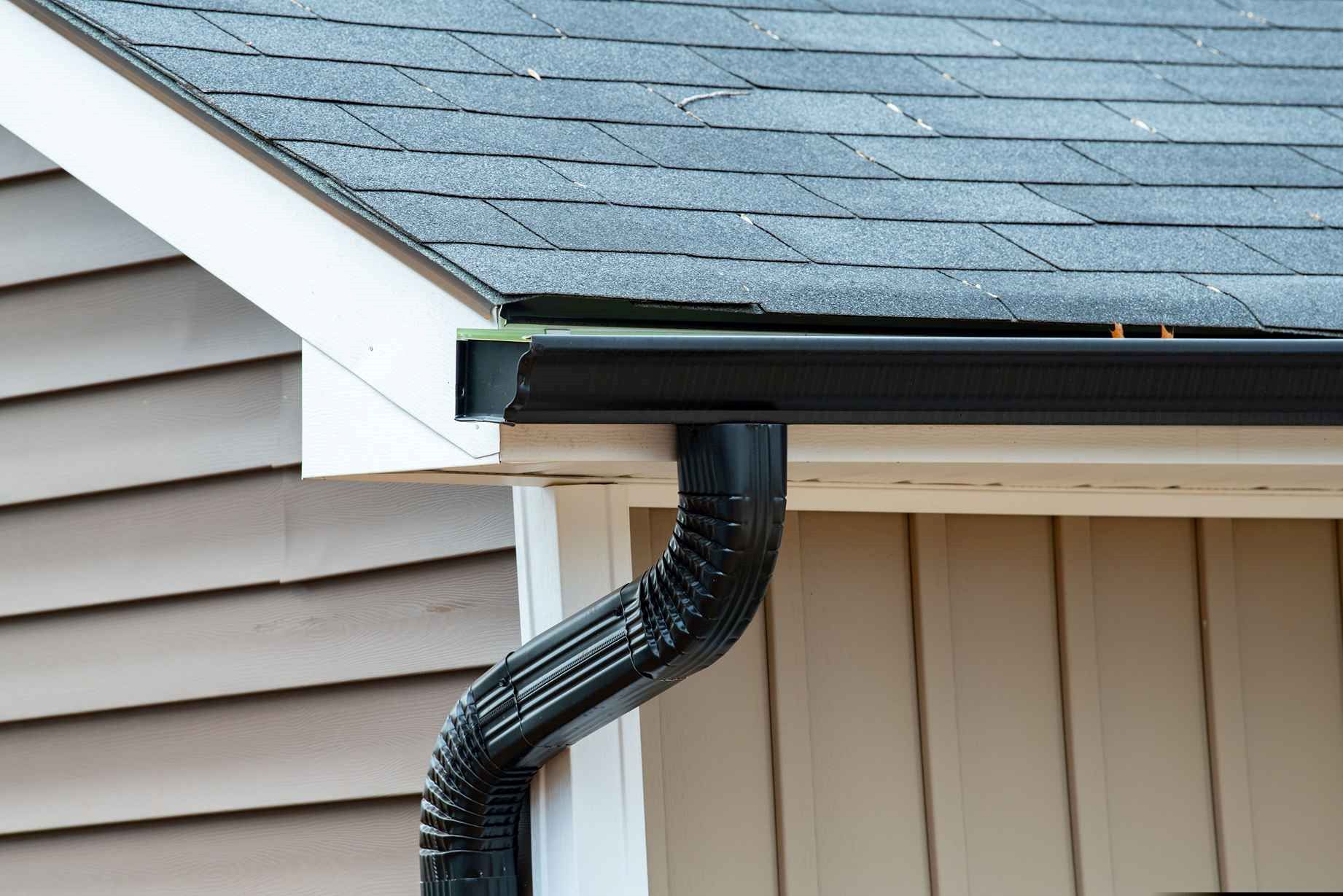
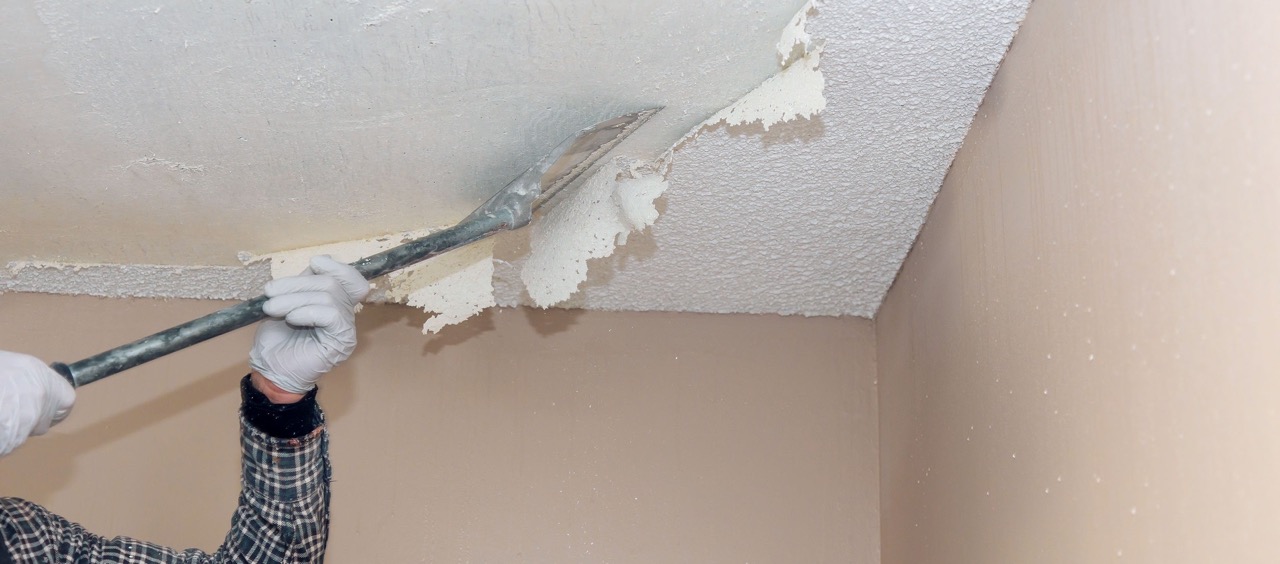
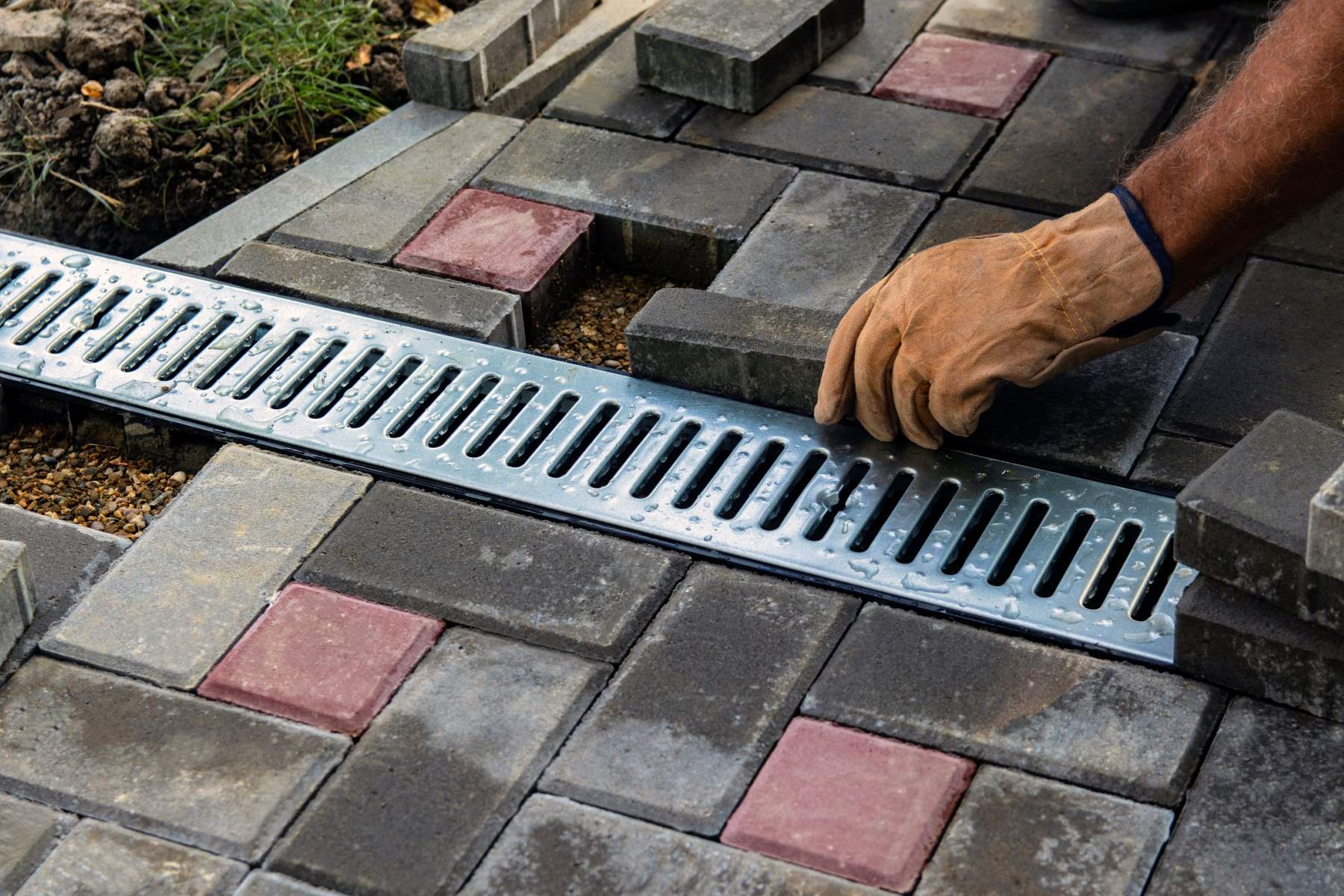
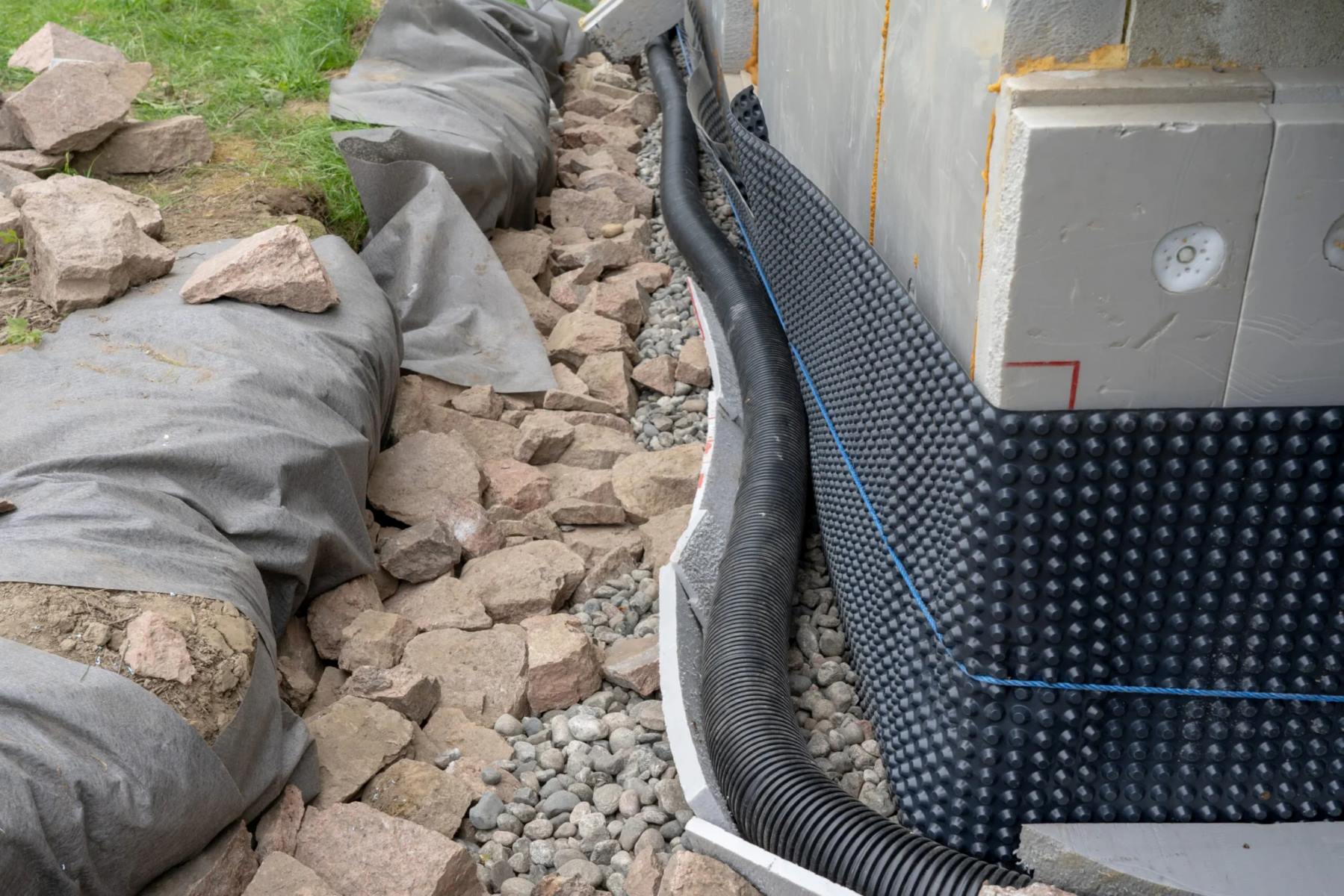
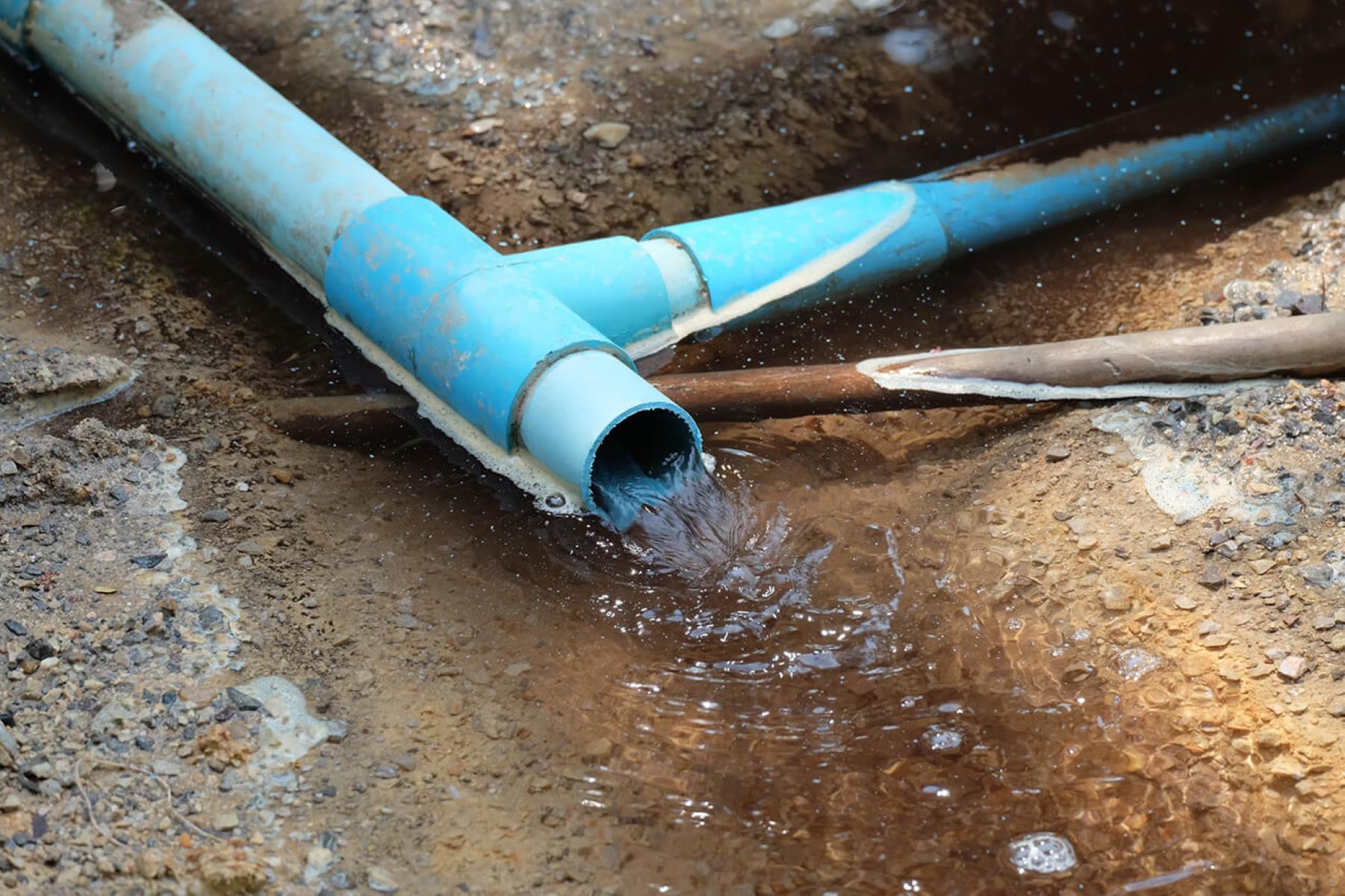


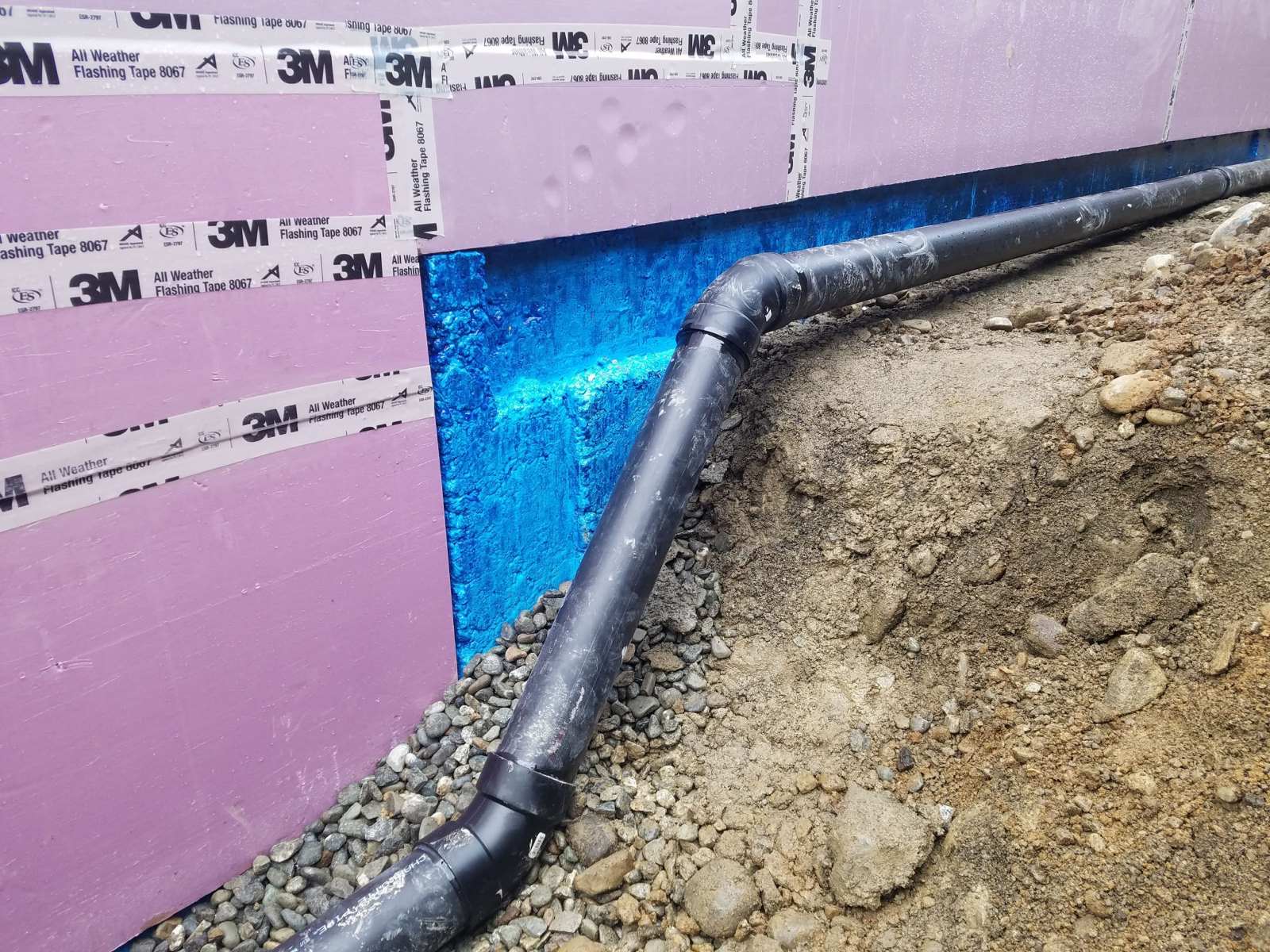
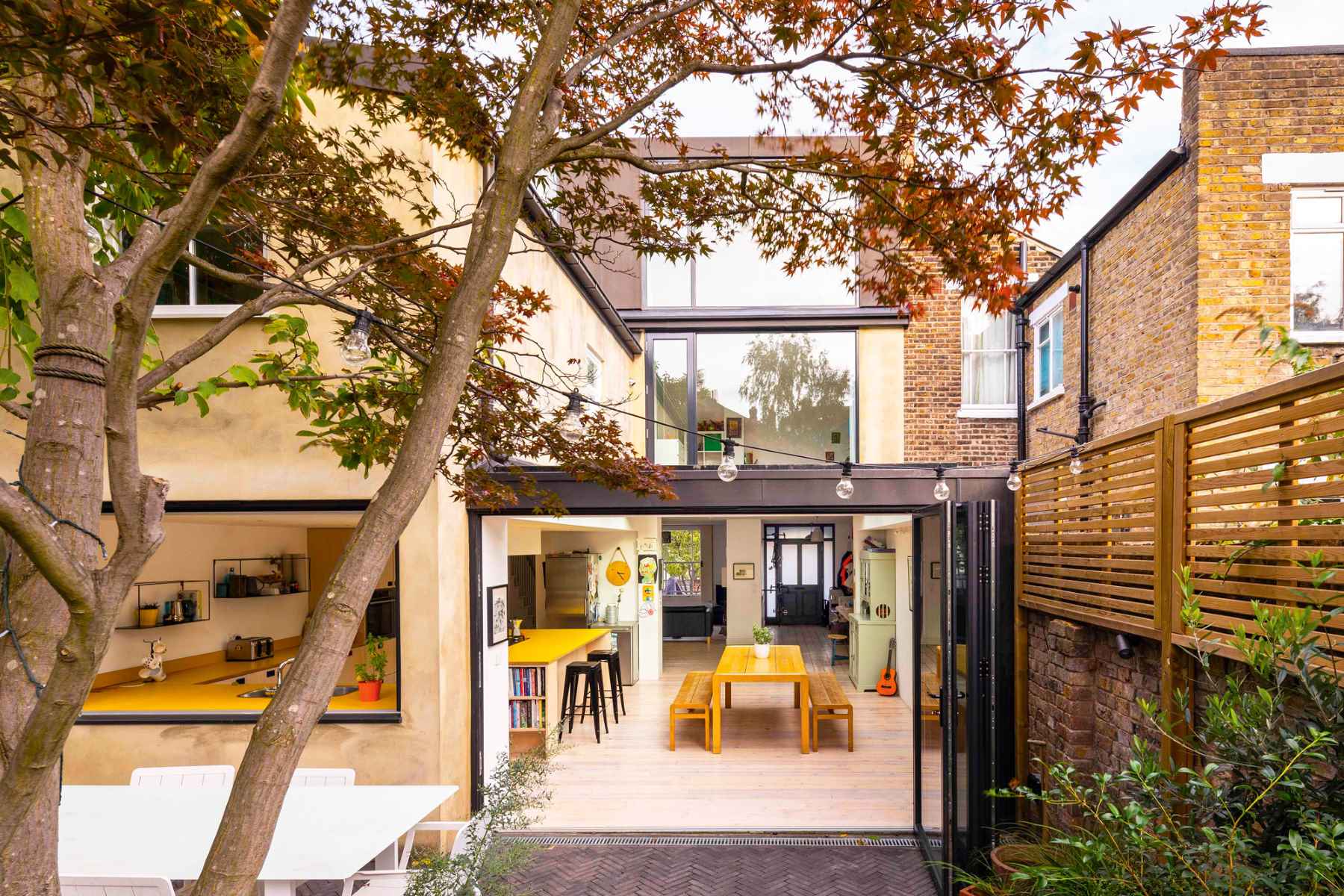
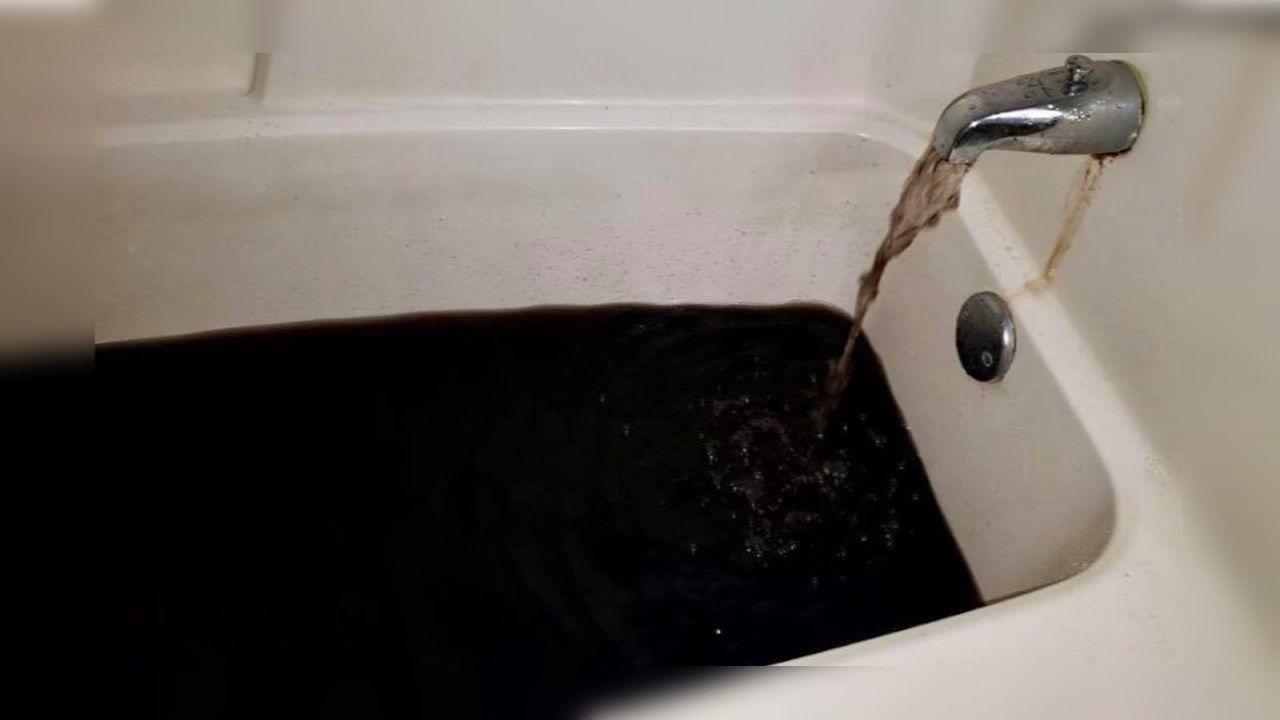
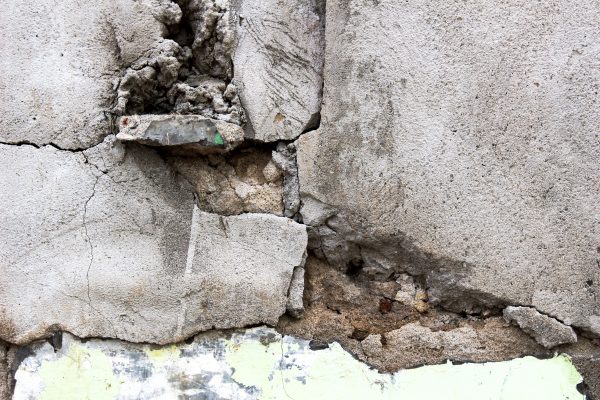
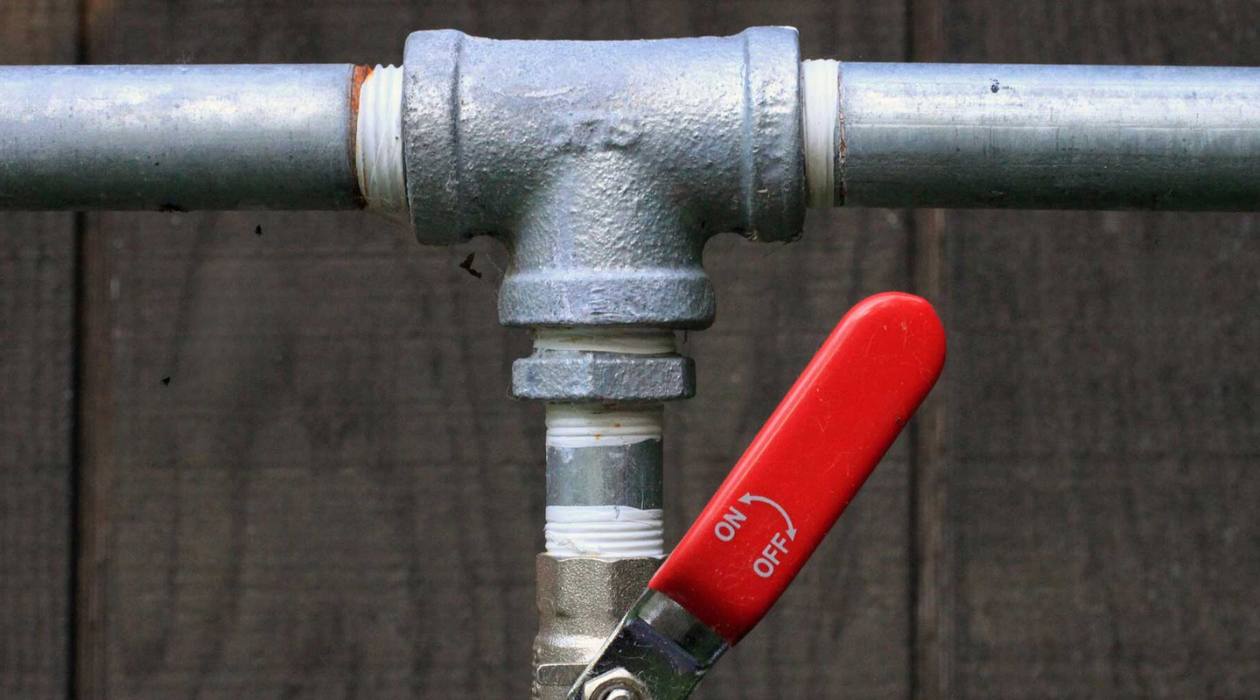

0 thoughts on “How To Know If Your House Has Water Drainage Problems”